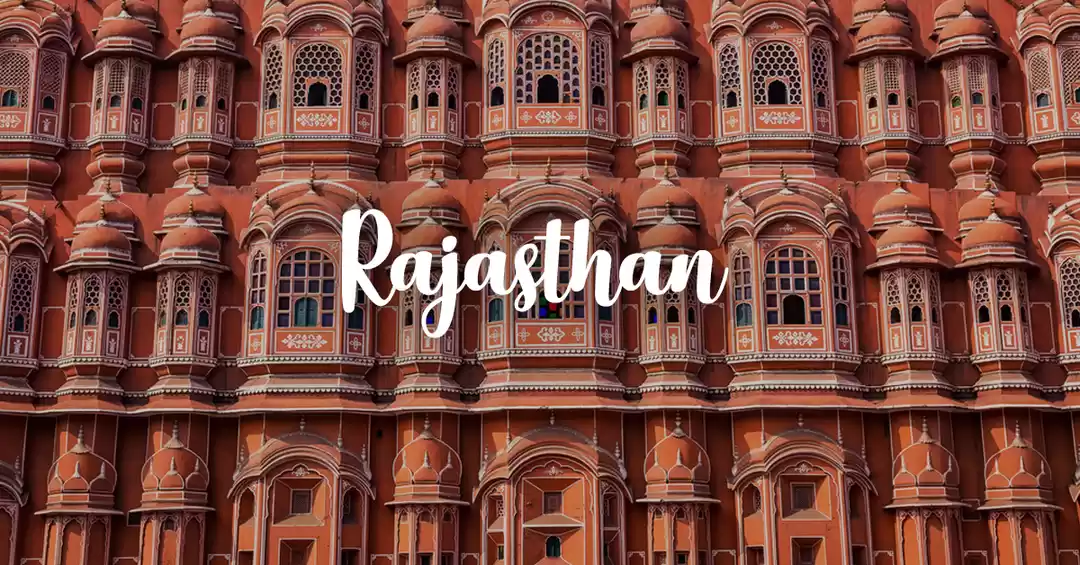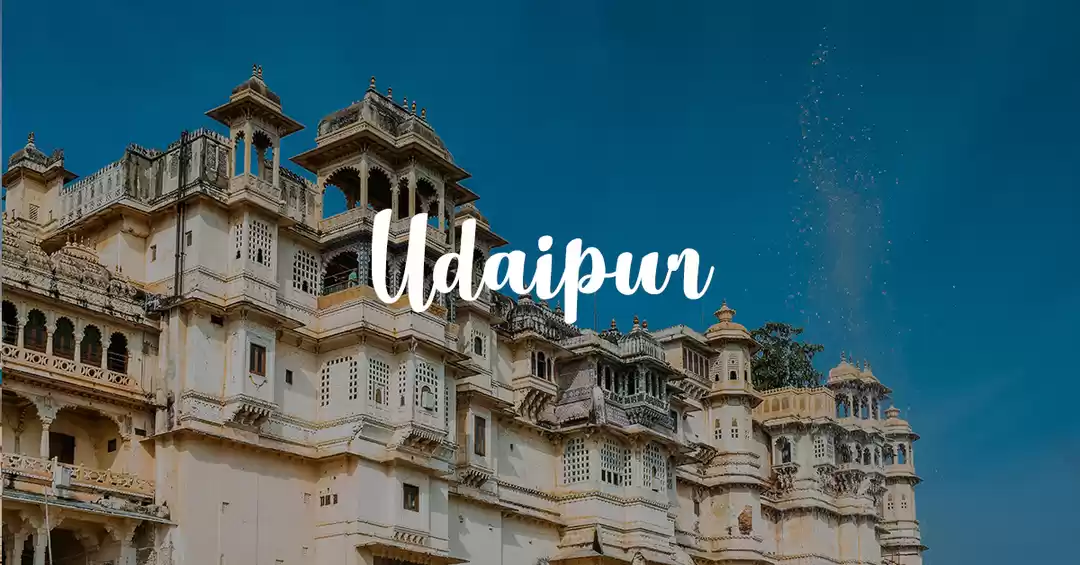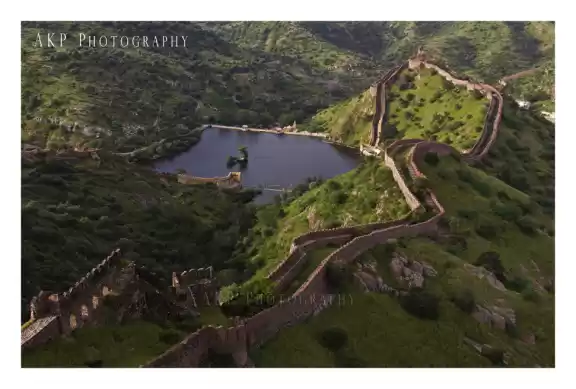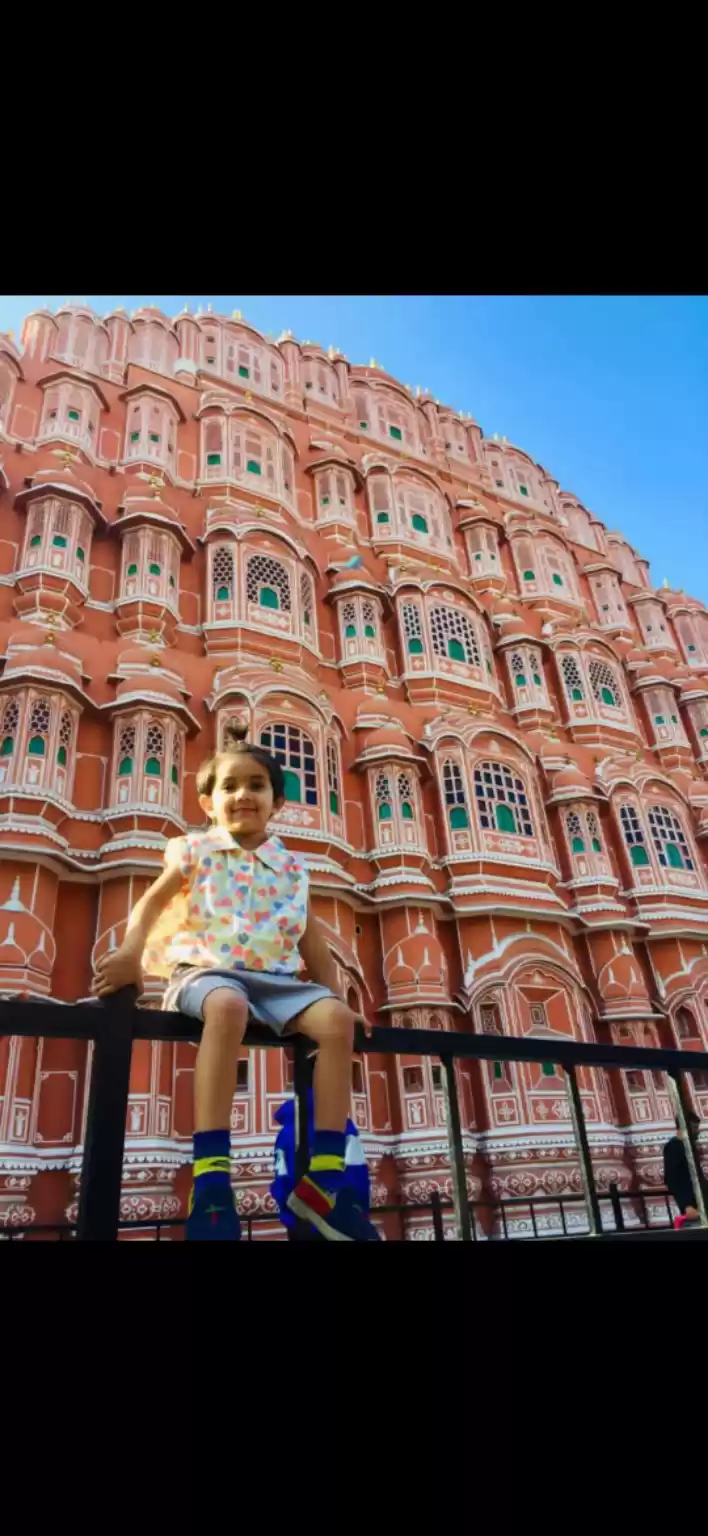
The city of Jaipur has its incantations. A once- walled city, pink city, forts, Rajputs, their alliance with the Mughals, the blue pottery, a herd of tourists- both Indian and foreigner- these are the images of Jaipur. A place is more than these images and yet these.
I recently went with my mother to Jaipur on a weekend. It was a birthday treat for her. Why Jaipur, then, you may ask? To believe in its myths, its incantations.



We took a bus from Delhi to Jaipur on a Saturday morning, and it took us around 5 hours to reach the city. The highway near Jaipur is rather good, it being a significant tourist destination in India.
The ridiculous thing that many of us come to believe because of our rather ill- learnt geography classes from school is that the whole of Rajasthan is a desert. As we were approaching Amer, we saw the modest hills of the Aravalli. In fact, the city of Jaipur is situated amidst the beautiful Aravalli hills.
We checked into our hotel at around 1 pm and were out on the streets by 3 pm. At first, we went to Hawa Mahal and bought 2 composite tickets. A composite ticket buys you entry into Jaipur's many monuments, and you don’t need to buy different tickets.
The Hawa Mahal looks like a crown of the Hindu god Krishna. It is a small palace with each of its 5 floors having numerous jharokhas. The ladies of the royal family were not allowed to step outside the confines of the palace without the purdah, and it was through these jharokhas that they could get a glimpse of the bazaars, streets and festivities.
The child in you jumps with joy when one looks at the streets through the jharokhas. The ramps leading up to the upper floors in the palace are (one) of their own kind, and walking through them felt like a journey into the past.


While we were inside Hawa Mahal, we didn’t feel it, but the sun was scorching hot that afternoon. Remember that Glucon- D advertisement in which the sun is sucking the energy out of the children? That hot.
As soon as we were inside the Jantar Mantar compound, we were under that heat. Jantar Mantar has different astronomical devices installed in a compound, built during Rajput king Raja Sawai Jai Singh II's reign in the 18th century. There, we didn’t understand one thing, except the sundial- the biggest in the world; even the guide with the American group, whom we overheard, didn’t make much sense. But one cannot but admire the king for his respect for the sciences; the king himself was an astronomy student. He built 4 more observatories in India, namely at New Delhi, Ujjain, Varanasi and Mathura.
It was around 5 in the evening that we left for the Jal Mahal. It is a 5- storey palace built amidst the Man Sagar Lake, built by the king Maharaja Sawai Pratap Singh in 1799. Only its top floor is above the water level while the rest of the four storeys lie submerged. The royal family used the leisure palace to entertain the dignitaries from other kingdoms and as a spot for royal duck hunting entourages. It is one of the most serene places in Jaipur despite the crowd of tourists and vendors selling jutis, artifacts etc. One cannot access the palace but only view it by standing along the edge of the lake.
When the lights illuminate the palace and the lake during the evening, it turns into a charming place with the hills overlooking it. Keep looking into the lake, the palace, the hills behind and the moon overlooking and you’ll be lost in time.
The next morning, we went to visit the Amer fort and Nahargarh fort. Amer fort lies around 10 km away from the city. Raja Man Singh started building this fort in 1592, upon the remnants of the Meena settlement. The consequent kings kept expanding the fort, and it wasn't until the mid- 18th century that the complete structure of the fort was completed.

Built in the Rajput style with ample Mughal incorporations, the Amer fort is one of Rajasthan's most spectacular forts. It was the residence of the Rajput kings for centuries. One can walk up the stairs to reach the palace's main gate or take an elephant ride; there is also a village of elephants called Hathi Gaon near the fort. The main entrance of the fort called Suraj Pol led us to the first courtyard of the palace known as Jaleb Chowk, where victory parades of the royal army with their elephants, horses and bounties used to be held. The king used to listen to the concerns of the masses in the adjoining Diwan- e- Aam. Diwan- e- Khaas is a private chamber, often used to entertain dignitaries from other kingdoms. There is a Shila Devi Mandir, too; many locals come here in the morning to visit the temple only. It is here that animal sacrifice used to be performed in the royal family's presence during important religious occasions, though it has been stopped for a few decades.
The majestic Ganesh Pole led us to the inner courtyard of the palace. Jai Mandir or Sheesh Mahal is the most beautiful part of the court, embellished with glasswork. Even a few candles lighted in the complex during the evening could light up the whole place in the most exquisite manner as if a glittering jewel box full of the most exotic gems is shining. The beautifully intricate design of the complex would make anyone appreciate the sheer hard work of the craftsmen of the period. It was in the Sheesh Mahal that the memorable Mughal- e- Azam song Jab Pyaar Kia To Darna Kya was shot.

Though other palace compounds like Sukh Mahal, Man Singh’s palace, the Zenana are not as exquisite, they aren’t any less beautiful. Man Singh’s palace is the oldest part of the fort. Flower murals and intricate carvings adorn all the walls of the court. Near the exit of the palace lie a few shops of clothes, art, pottery etc. Mother liked a blue saree there, for which she was willing to pay 1000/- but the guy insisted on 1100/-. She later regretted not buying it, but not a fair deal for her.



Next, we went to the Nahargarh fort. It had begun raining while we were going up the hill in an auto-rickshaw. Built atop the ridge, the fort was built by Sawai Jai Singh II in the 18th century. Besides being a part of Jaipur city's fortification, it was also a leisure point and the king's hunting retreat. The inner compound is built in a way so that the king could visit any of his queens without letting the other ones know. Men, men…
The terrace of the fort offers the most spectacular view of the city. It was pouring rain, and nobody was going up there. But I couldn’t stop myself and ran upstairs. I was running up there and getting all wet in the rain- perhaps the happiest moment of the whole journey. The view of the city from the top is breathtakingly magnificent. The houses down there look like little matchboxes in different colours- red, yellow, white, blue, and so many others. There is an open-air temple near the fort's entrance where my mother prayed for a few minutes. It is another of the many points in the fort to catch a beautiful view of the city.
We left the city and took a bus to Delhi in the evening. The bazaar lanes near the city exit were filled with a large crowd of men and women buying plump goats for the Bakrid sacrifice. There was festivity in the air. We soon began sleeping in our seats, the cool breeze sweeping over our faces on the bus.


Jaipur is truly more than those images. Yet, those images are what we took from there- the colour pink, shops in Johari bazaar, elephants riding up the Amer Fort, the greenery of the Aravalli, the murals on the walls. And don't you always find your home everywhere?
Frequent Searches Leading To This Page:-
best jaipur tour packages, jaipur sightseeing tour by car, jaipur darshan package, jaipur vacation packages, jaipur holiday packages cost, jaipur tour package for family, 1 night 2 days jaipur package, Jaipur 1 day tour package




























